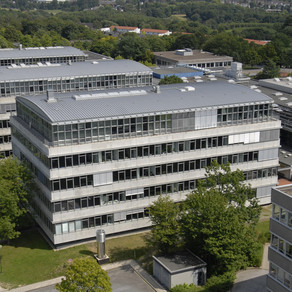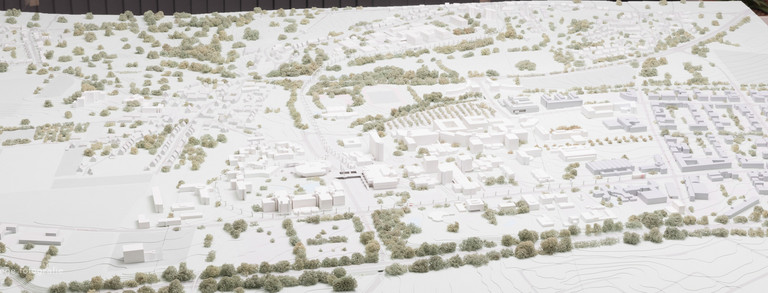Effects of climate change on the thermal conditions of urban neighborhoods
Planning options in high-density residential areas
Climate change has been a recurring topic in the media in recent years. This is mainly due to the latest scientific findings on climate change, which were published in 2007 in the 4th Assessment Report of the IPCC, the Intergovernmental Panel on Climate Change. Following this report, it can no longer be denied that climate change is a reality.
The focus of this work is not the much-discussed climate protection (reduction of carbon dioxide emissions) but adaptation to climate change (protection against climate impacts and reduction of social vulnerability), because climate change is already underway and its effects will increase in the coming decades even with effective climate protection. The consequences of climate change will be felt in cities in particular in the future. One consequence will be that the thermal conditions in cities will change in the future and an increase in heat waves will pose an increasing threat to people.
The aim of the work is to draw up general recommendations for action for urban planning, which can serve as a stimulus for the use of suitable instruments to influence the thermal conditions in existing urban residential areas in order to create conditions that are as pleasant as possible and do not impair health.
The following central research questions arise from this objective:
- What factors influence thermal conditions in cities?
- Which urban planning instruments are suitable for influencing thermal conditions in existing buildings?
In the first step, the paper presents the current findings on climate change and shows how climate change affects human health. It also identifies the factors that influence the thermal conditions of cities. Requirements for urban planning and the development of urban settlement structures are derived from these findings. In a second step, two high-density residential areas in Berlin (in Charlottenburg and Friedrichshain) are used to examine the practical feasibility of implementing the requirements using urban planning instruments. The selection of particularly suitable neighborhoods is based on an analysis of the Berlin urban area using various criteria. In a third step, general recommendations for action for municipalities and urban planners are derived from the findings.
Editing:
Carsten Ibsch
Experts:
Michael Roth (LLP)
Dr. Mark Fleischhauer (IRPUD)
Submission:
July 10, 2008






